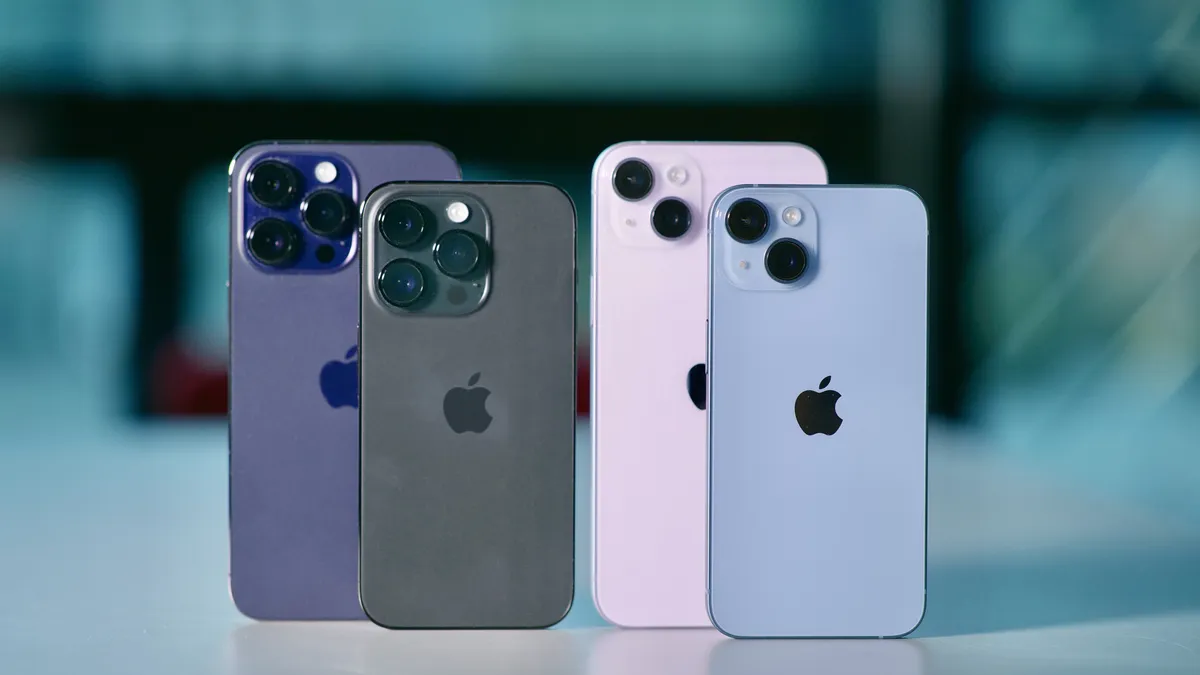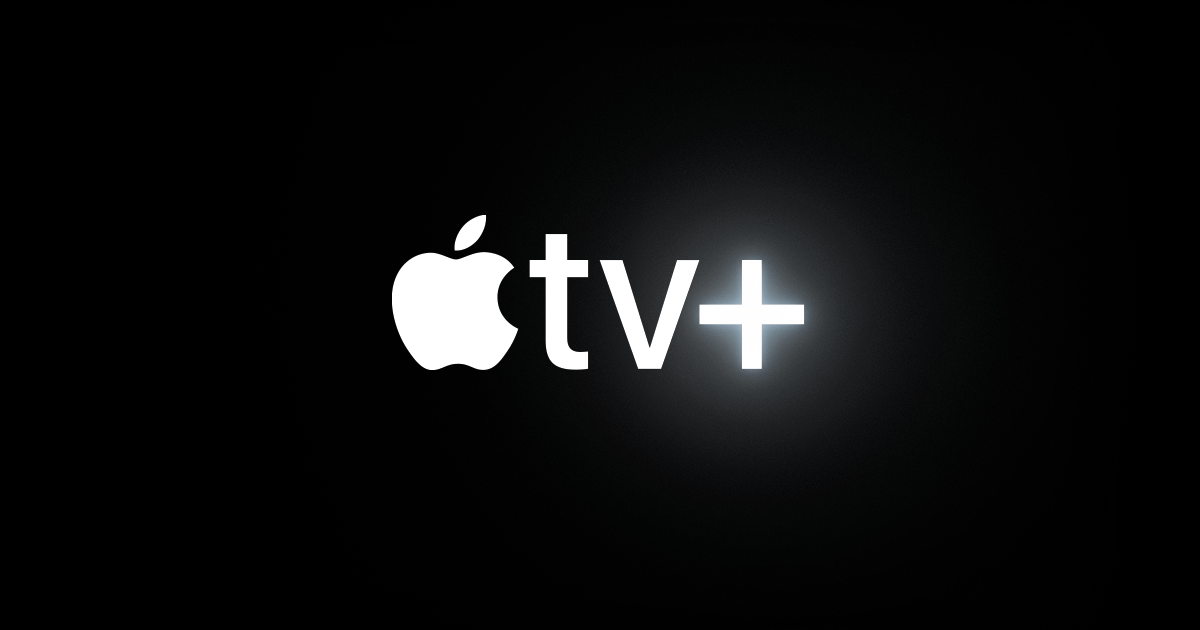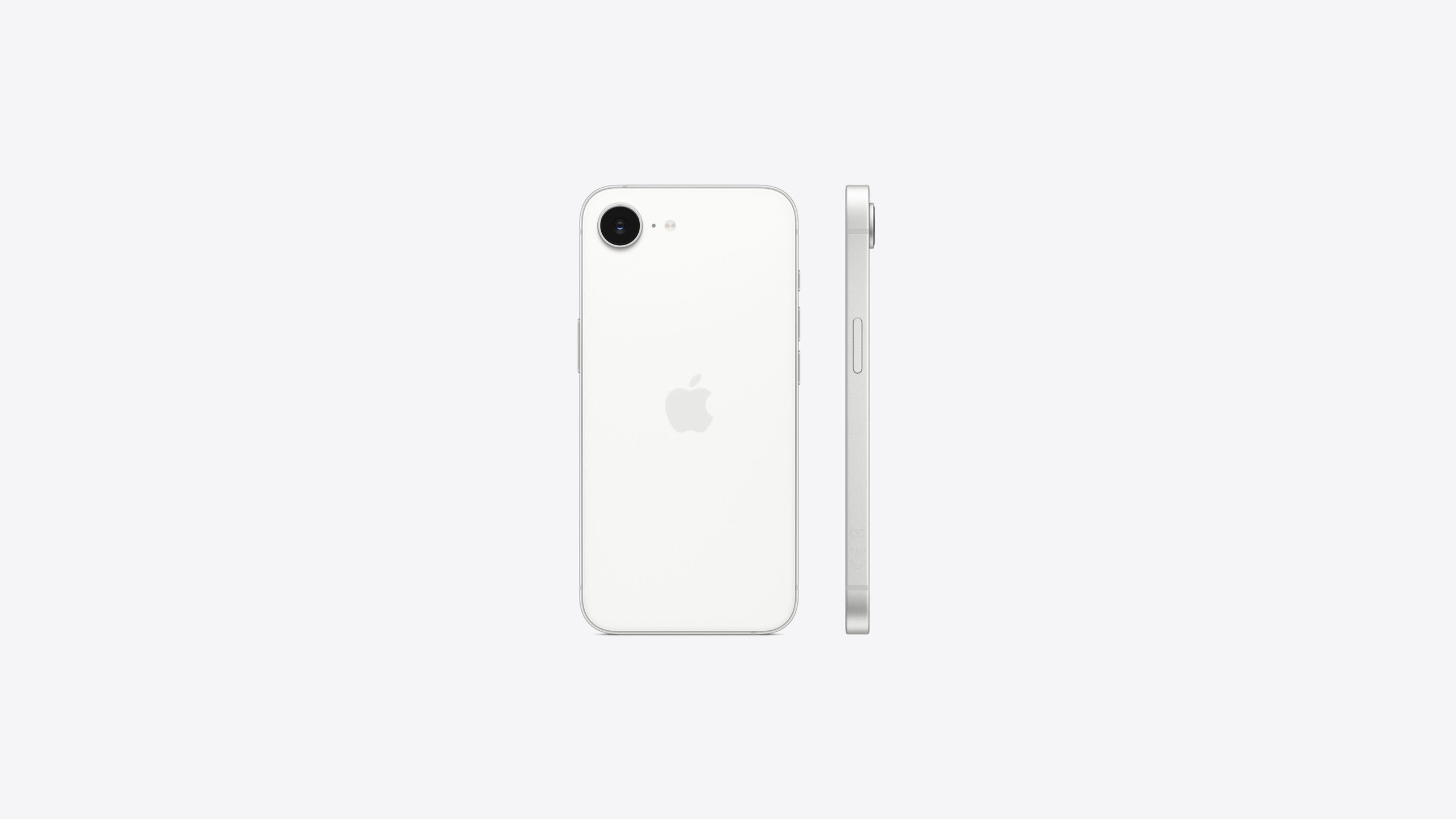Apple has increased iPhone prices in India because of new import taxes set by the government. These taxes, which started on April 1, 2025, add extra costs to products brought into the country. For example, the iPhone 16 now costs about $50 more, while older models like the iPhone 14 have gone up by around $30. This change affects anyone buying a new iPhone in India, whether online or in stores.
The Indian government says these taxes will help local companies grow by making imported goods more expensive. Apple, which makes some iPhones in India, still relies on parts from other countries. This means the company can’t avoid the extra costs completely. To cover this, Apple has passed the price hike on to customers instead of taking the hit itself.
For buyers, this means spending more money on iPhones than before. A student in Mumbai, Priya Sharma, shared, “I was saving for an iPhone 16, but now it’s tougher with the price jump.” Many fans of Apple products are upset, but some understand the government’s goal to boost local businesses. Still, not everyone is happy, and a few are even looking at cheaper options from other brands.
Apple isn’t the only company affected—other tech brands importing goods might also raise prices soon. Experts think this could push Apple to make more iPhones in India over time, which might lower costs later. For now, though, customers in India will feel the pinch. The company hasn’t said much about future plans, but it’s clear these taxes are shaking things up for iPhone lovers in the country.




